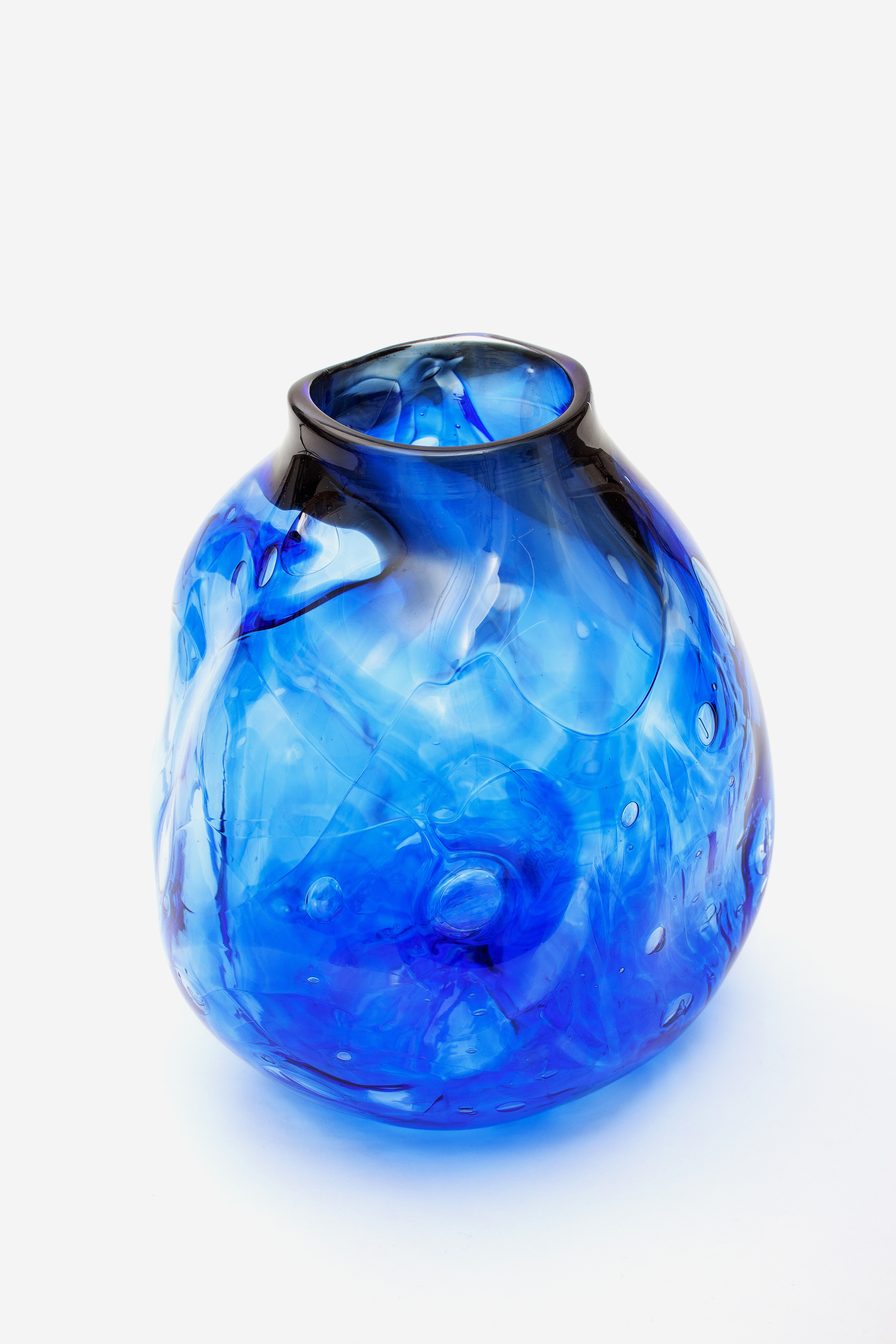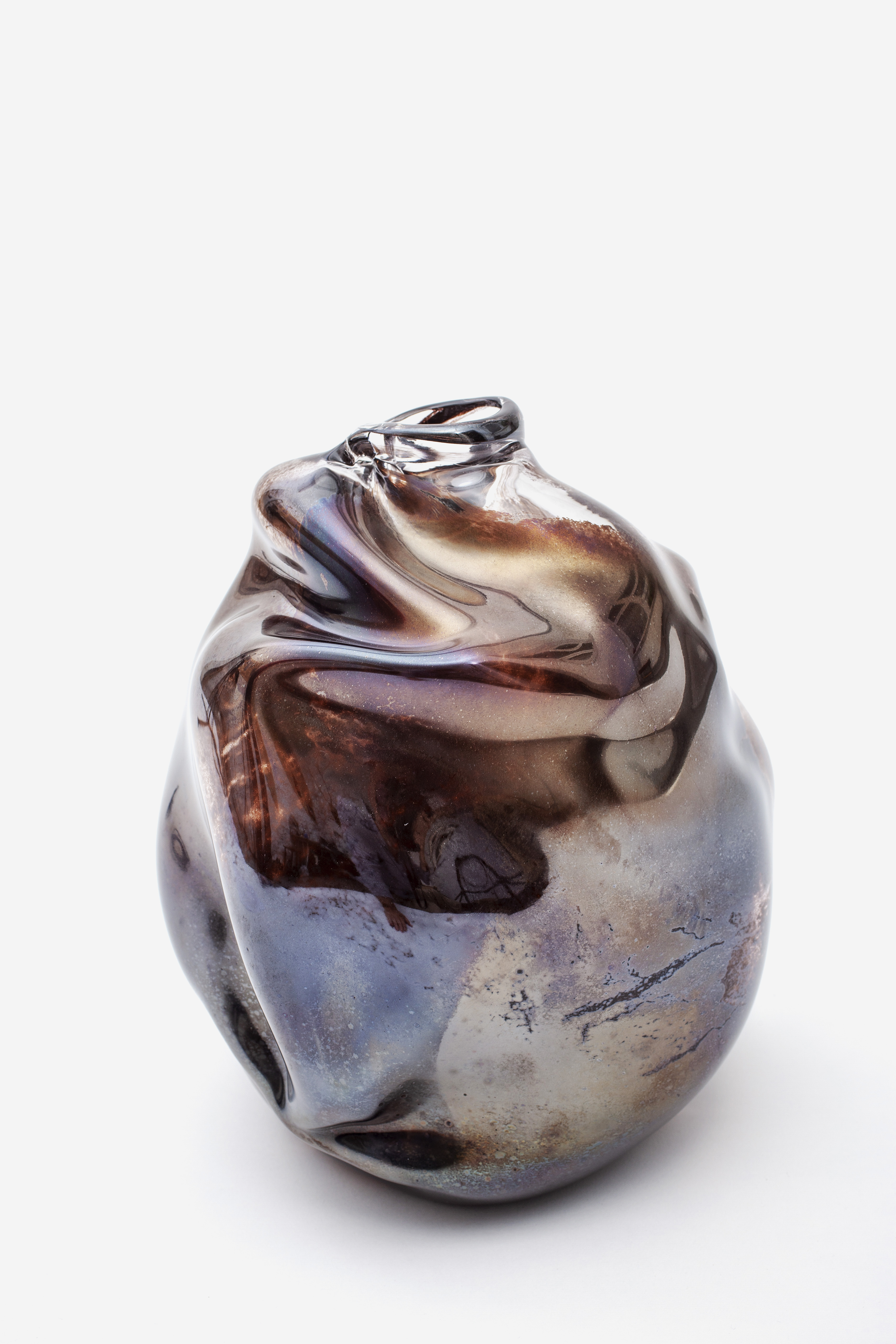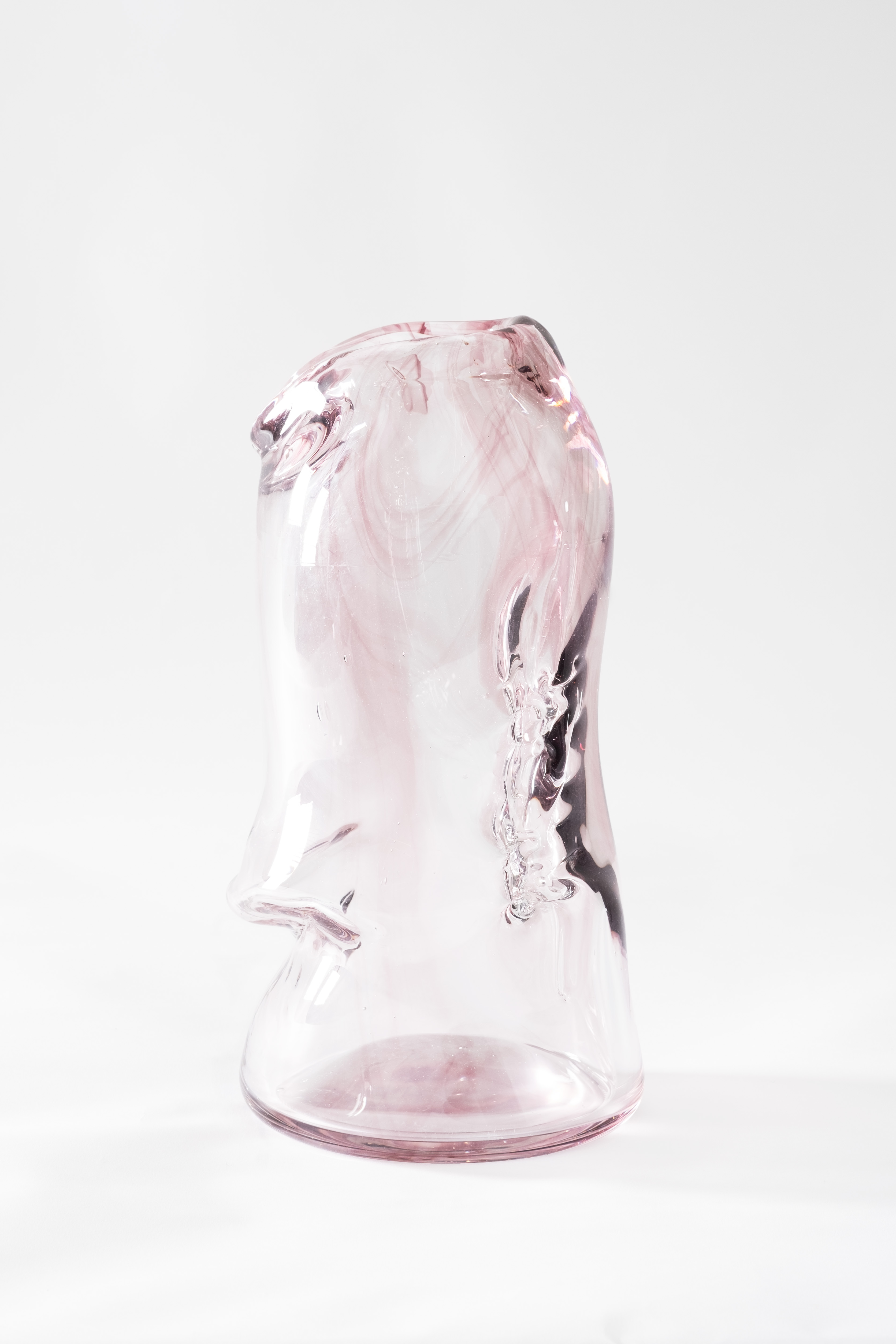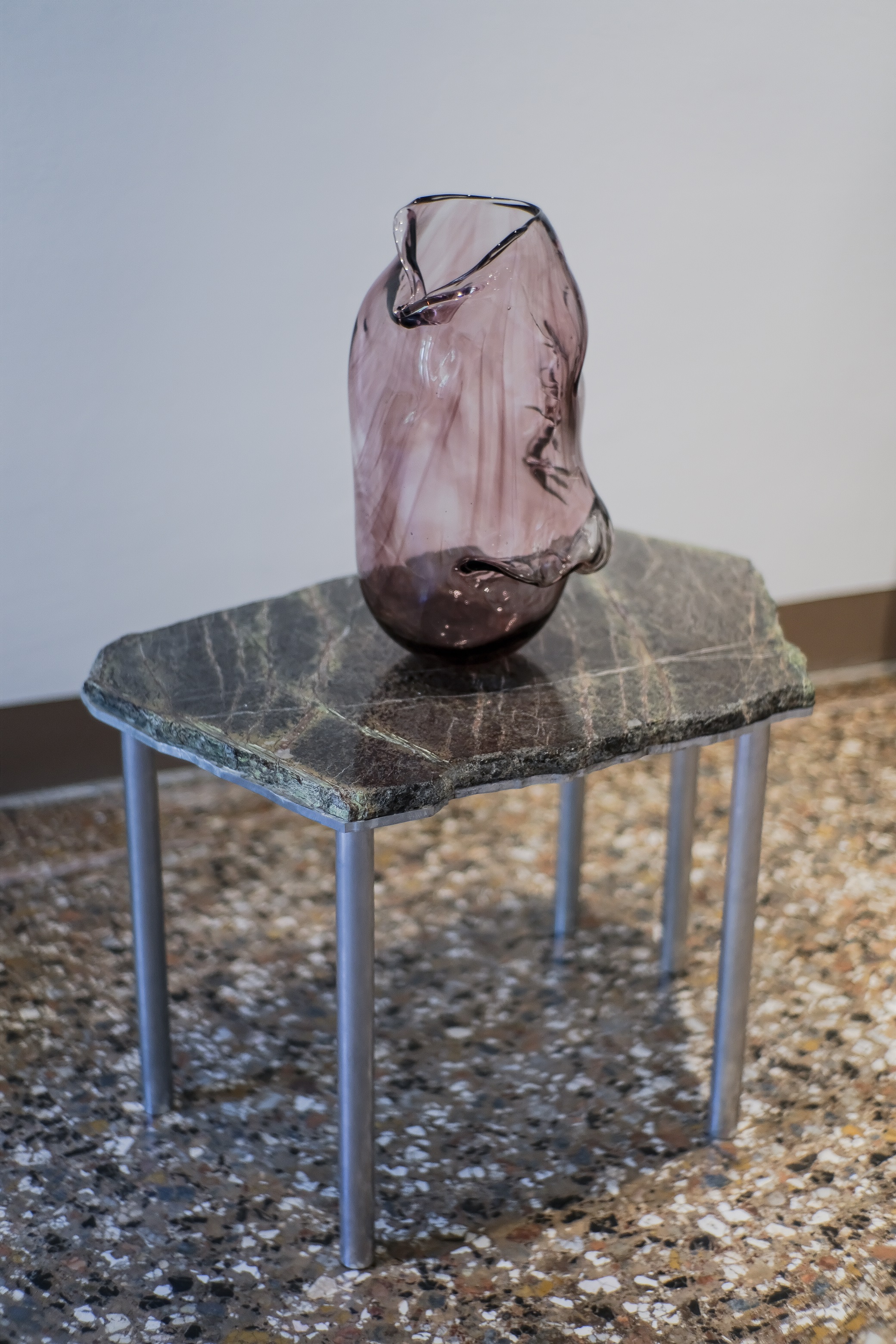
It is a harmonious encounter between nature and design the one hosted in the evocative location of the Royal Gardens in St. Mark’s Square where, on the occasion of the 17th Venice Architecture Bienniale, the LABINAC duo presented the exhibition “Echoes of the Forest” curated by Chiara Bertola, an opportunity to experiment with and within the garden ecosystem.

The recently restored Greenhouse turned into the ideal setting for welcoming the works of two artists for whom the research on the common dimension between man and nature has always been both a source of inspiration and a heritage worth defending. For over forty years the collective founded by Jimmie Durham and Maria Theresa Alves has combined art and design with the dual intent of designing and making things while, at the same time, supporting the craft works of indigenous people in Latin America.

The starting point from which the project matured was to create pieces that can naturally find placing inside this unique venue. The series of thirty tables is, for instance, a site-specific installation that have found place also in the garden and that is now permanently housed inside the Greenhouse following the donation made by the collective to the Venice Gardens Foundation.
The tables were realized in serpentine green marble, taking as inspiration the endemic Mediterranean pine; they can be imagined simultaneously as trees seen from above or as big leaves intertwined and composed in always new forms. The main idea behind the work, according to Adele Re Rebaudengo - President of the Venice Gardens Foundation - and the curator, was to help to reinvent the place as a meeting point for artists, researchers and public, where new visions can be born and where passions and ideas can be cultivated.



Pino Tables inside the Greenhouse. Ph. Andrea Avezzù. Via labinac.com
For the whole duration of the exhibition (19 May - June 5, 2021) the Greenhouse welcomed also eight vases realized by Maria Theresa Alves, all unique pieces resulting from a collaboration with master glassmakers, a liaison that has led to the experimentation of various techniques. The uneven but soft shapes of the blown glass vases, which belong to the previous series such as Cloudstone, Perfectly Imperfect, Allelic Combination and Forms of Life, recall the creative action of nature: imperfect, instinct and passionate.
Maria Theresa Alves's vases inside the Greenhouse. Cloudstone (blue), 2018, handblown glass; Cloudstone (metallic), 2018 handblown glass; Cloudstone (white 2), 2018 handblown glass; Perfectly Imperfect, 2019 handblown Murano glass. Ph. Michael Zalewski and Nick Ash. Courtesy Venice Gardens Foundation.
Arboletier by Jimmie Durham, 2021
(stainless steel, Murano glass, glass, LED lights).
Installation view at Royal Gardens, via labinac.com.
The last piece on display was a chandelier realized by Jimmie Durham; made of steel and fragments of Murano Glass, the work draws inspiration from the game of lights that filter through the leaves of trees, while recalling the typical shape of the seventeenth-century Venetian Chandeliers.
The ongoing dialogue between the pieces and what surrounds them is therefore the communicative power that lies in the “Echoes of the Forest” exhibition, where each work shows us the infinite lessons that nature can teach man.

This year for LABINAC there was also the participation at the 3rd edition of Venice Design Biennial.
LABINAC at "Design as a Self-Portrait", SPARC* - Spazio Arte Contemporanea.
Ph. Federico Floriani.
At SPARC* - Spazio Arte Contemporanea from May 20 to June 27 2021, within the collective exhibition “Design as a Self-Portrait”, LABINAC presented a series of objects that reflects the contemporary self-portrait of the duo. Durham employed some of his favourite materials, such as stone, aluminum, wood, and bones to create Ordinary Valor while Confronting Daily Life and Near the Settlement, pieces that combine the artist’s vision of beauty while maintaining the essentiality of the shapes. Spiderchair is instead the contribution of Maria Theresa Alves; the chair, made of stainless steel, iridescent fabric, and recycled textiles is an attempt to give artistic dignity to everyday materials and objects. As in the “Echoes of the Forest” then, Alves proposed a vase from the series Perfectly Imperfect, demonstrating her deep attachment to a versatile and expressive material such as Murano glass.
"Near the settlement" and "Ordinary Valor while Confronting Daily Life" side tables; “Perfectly Imperfect” Murano glass vase; "Spiderchair”. Ph. Veronica Motulko.
It is in these pieces, as in those exhibited in the magnificent location of the Venetian gardens, that we can find the essential traits of LABINAC’s design, conceived as a bridge between the natural world and that of art. The preference for poor or waste materials combined with the research on primordial forms lead to a rediscovery of an original natural force that wants to oppose to contemporary Western culture stereotypes, looking specifically at those places and people who still cultivate a living bond with nature.










